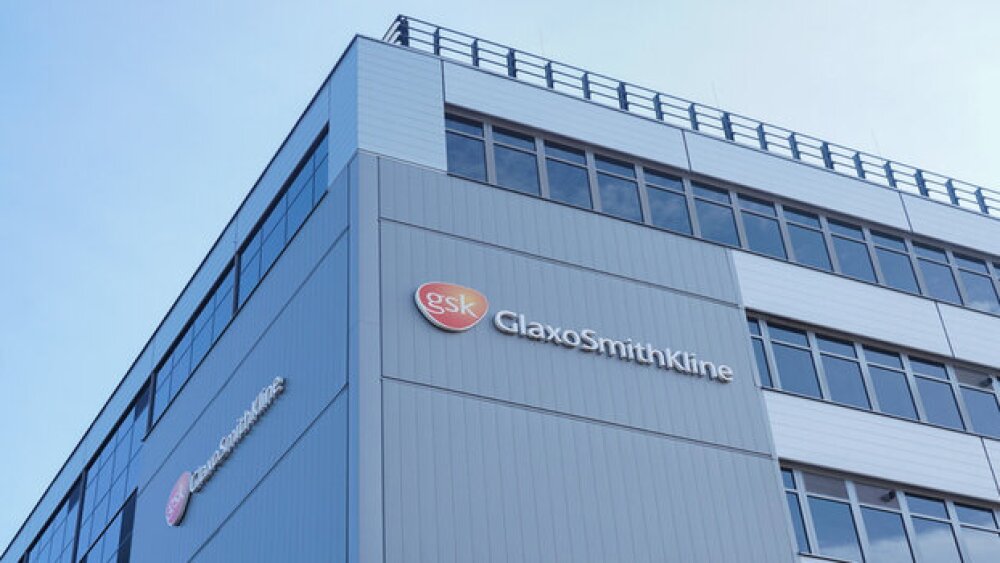The U.K. drugmaker also announced plans to drop another $2 billion on expanding its R&D and manufacturing footprint in the “important” U.S. market.
Cambridge-based drugmaker AstraZeneca reported a strong third-quarter Tuesday, raising its 2024 outlook and doubling down on R&D and manufacturing with another $2 billion earmarked for the U.S. Despite this news, the Big Pharma’s stock price remains down due to a government-led fraud investigation into two of the company’s China-based executives.
Total revenues for the quarter came in at $13.6 billion, beating analysts’ consensus by 4% thanks to strong demand for AstraZeneca’s cancer and rare disease medicines. The company reported double-digit growth across all focus therapy areas, with oncology up 22%. The company’s top-seller Farxiga—approved for chronic kidney disease, heart failure and type 2 diabetes—brought in nearly $5.8 billion in the quarter, with 34% growth over Q3 last year. Enhertu had even bigger growth at 60%, with sales totaling $1.4 billion for the quarter.
AstraZeneca now expects high-teens percentage growth for the full year, up from previous expectations of mid-teens.
The company, with its partner Daiichi Sankyo, also shared changes to its strategy for its Enhertu successor—datopotamab deruxteca (Dato-DXd). Following meetings with the FDA, the partners have decided to withdraw their filing in non-squamous non-small cell lung cancer and replace it with a submission for EGFR-mutated non-small cell lung cancer, a smaller population.
In the company’s earnings call, AstraZeneca’s head of bioscience Suzanne Cohen pointed to the FDA’s increasing interest in identifying subgroups within trials with greatest patient benefit. “That’s the nature of development, you learn as you go,” she said, adding that the company is now adapting the program to maximize the benefit and is “increasingly confident about the latest data that have emerged.”
Also during the third-quarter earnings call, the U.K. biopharma announced that it would put another $2 billion, on top of a previous $1.5 billion, to expand the company’s research and manufacturing footprint in the U.S. by the end of 2026. This expansion includes a state-of-the-art R&D center in Cambridge, Massachusetts, a next-gen manufacturing facility for biologics in Maryland, cell manufacturing on both west and east coasts and specialty manufacturing in Texas.
“The U.S. is a very important market . . . in terms of innovation. We really want to be at the heart of this country in terms of manufacturing, but also R&D,” CEO Pascal Soriot said on the earnings call.
North America is AstraZeneca’s largest market, making up 43% of total revenue.
China Situation Taints Positive Q3 Report
AstraZeneca’s stock rebounded slightly on the strong sales this quarter but is still down more than 25% since late August with a particularly steep drop off last week with legal issues surrounding the company’s leadership in China. On Friday, following reports that the president of China operations, Leon Wang, was under investigation for alleged medical insurance fraud in the country, AstraZeneca confirmed he had been detained.
On the earnings call, Soriot said the company is “not privy to the details of any of these investigations,” but “will cooperate fully” and collaborate with authorities if they are approached. He added that operations are continuing as usual at this point, and it is too early to speculate about potential impact. Soriot later dodged a question on the earnings call regarding the reps that were previously identified and charged—how many did the company identify and how many voluntarily left—looking for reassurance on AstraZeneca’s internal practices to root out these issues in the future.
Throughout the call, Soriot expressed optimism about the company’s overall position. “With confidence that the headwinds we anticipate next year will be substantially offset by global demand for our portfolio of medicines, this strong commercial performance, together with continued pipeline delivery and our focus on profitability . . . we remain confident in our ability to generate $80 billion in total revenue by 2030,” he said.






